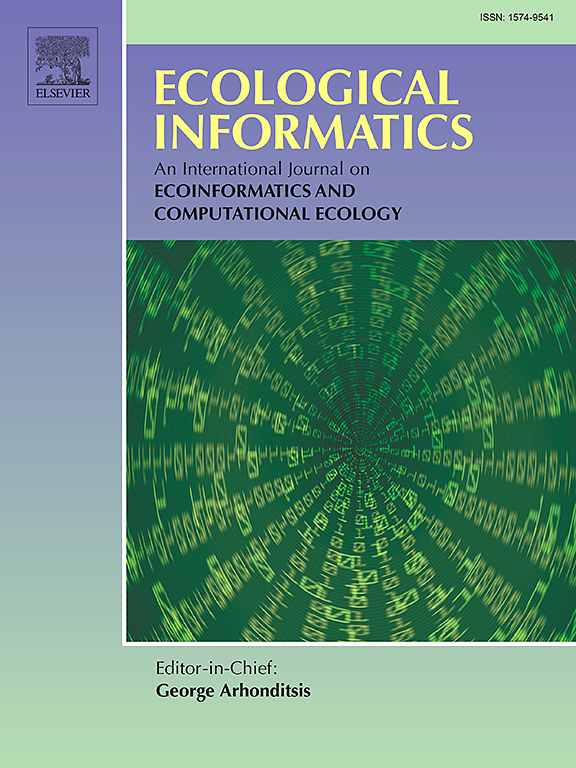布局和景观元素对城市广场热环境的数值模拟
IF 5.8
2区 环境科学与生态学
Q1 ECOLOGY
引用次数: 0
摘要
城市极端高温对城市的抗灾能力和宜居性构成重大挑战。城市广场是城市中重要的开放式公共空间,是居民休闲和娱乐活动的主要场所,反映了城市的特征和文化背景。改善城市广场的热舒适度可以提高城市环境质量,有助于缓解城市热岛效应。本研究基于对夏季炎热和冬季寒冷地区 100 个城市广场数据的统计分析,提出了 18 种布局和景观组合方案。此外,还全面分析了所提设计方案在改善热环境方面的效果。结果表明1)带有植被、水体和透水砖的块阵布局是最有效的方案,PET 为 31.84 °C,接近热应力舒适水平;2)在三种布局中,块阵布局比主视入口布局和主视中心布局更能优化热舒适度,与主视入口布局相比,生理当量温度降低了 10.51-10.77 °C;3)即使在绿化覆盖总面积不变的情况下,有水体的方案比只有树木的方案具有更好的优化效果;以及 4)高反照率的透水铺装材料能更有效地改善热舒适度。我们的研究结果凸显了综合利用多种景观策略改善室外热舒适度的巨大潜力,并为改善夏热冬冷地区类似大小城市广场的热舒适度提供了设计依据。本文章由计算机程序翻译,如有差异,请以英文原文为准。
Numerical simulation of layout and landscape elements on the thermal environment of urban squares
Extreme urban heat poses significant challenges to the resilience and livability of cities. Urban squares are important open public spaces in cities, serving as main locations for residents' leisure and recreational activities and reflect the identity and cultural background of the cities. Improvement in thermal comfort in urban squares can improve the quality of the urban environment and help mitigate the urban heat island effect. This study developed 18 layout and landscape combination scenarios based on statistical analysis of data from 100 urban squares in regions with hot summers and cold winters. Further, the effectiveness of the proposed design solutions in improving the thermal environment was comprehensively analyzed. The results show that: 1) The block array layout with vegetation, water bodies, and permeable tiles is the most effective scenario, with a PET of 31.84 °C, approaching a comfortable level of heat stress; 2) Among the three layouts, the block array layout optimizes thermal comfort better than the main view entrance layout and main view center layout, and reduces physiological equivalent temperature by 10.51–10.77 °C compared with that of the other two layouts; 3) Scenarios incorporating water bodies provide better optimization effects than those with only trees, even when the total area covered by greenery remains unchanged; and 4) Permeable paving materials with high albedo more effectively improve the thermal comfort. Our results highlight a great potential of comprehensively using multiple landscape strategies to improve outdoor thermal comfort, and provides design basis for enhancing thermal comfort in similar sized urban squares in hot summer and cold winter areas.
求助全文
通过发布文献求助,成功后即可免费获取论文全文。
去求助
来源期刊

Ecological Informatics
环境科学-生态学
CiteScore
8.30
自引率
11.80%
发文量
346
审稿时长
46 days
期刊介绍:
The journal Ecological Informatics is devoted to the publication of high quality, peer-reviewed articles on all aspects of computational ecology, data science and biogeography. The scope of the journal takes into account the data-intensive nature of ecology, the growing capacity of information technology to access, harness and leverage complex data as well as the critical need for informing sustainable management in view of global environmental and climate change.
The nature of the journal is interdisciplinary at the crossover between ecology and informatics. It focuses on novel concepts and techniques for image- and genome-based monitoring and interpretation, sensor- and multimedia-based data acquisition, internet-based data archiving and sharing, data assimilation, modelling and prediction of ecological data.
 求助内容:
求助内容: 应助结果提醒方式:
应助结果提醒方式:


